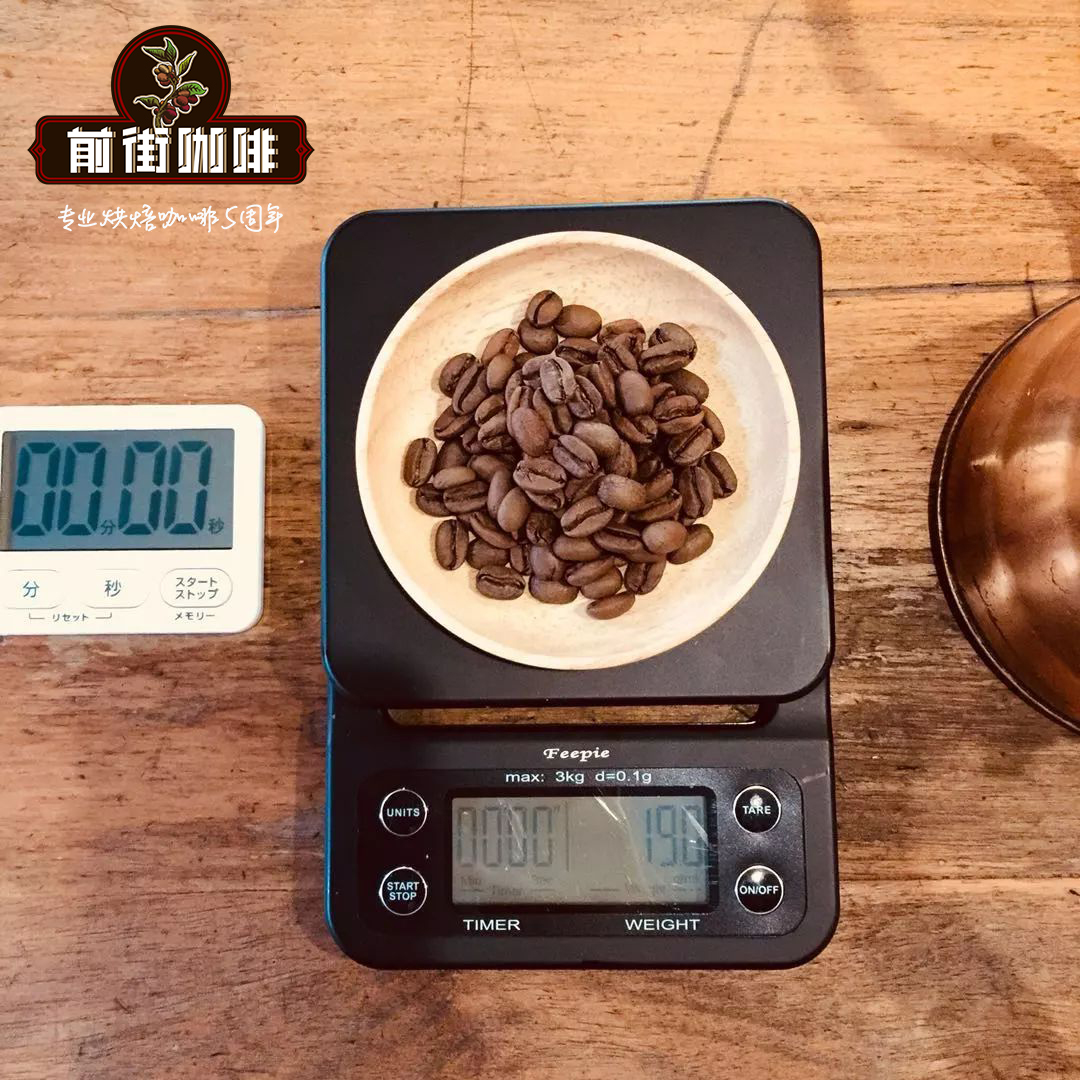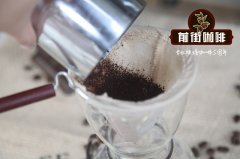Is the coffee beans of the Royal Robusta of India good? what does the Royal Grade of Indian Coffee mean?

Professional coffee knowledge exchange more coffee bean information please follow the coffee workshop (Wechat official account cafe_style)
In 1950, Robusta accounted for only 13% of the world's coffee production, while in 2015, it was almost 45% on a par with Arabica.
By 2030, Robusta will have 55% of the world coffee market, and he predicts that coffee consumption will reach 200 million packets a year, 50 million more than the same period last year, and the increase in Robusta production will be of great benefit to the market in adapting to the excessive growth of coffee consumption.
Robusta's rise in the world coffee trade is mainly due to growing countries such as Vietnam, where exchange rates are stable and can ease price fluctuations in sales and supply.
At the same time, many Arabica growing countries are experiencing a "crisis", which has contributed to Robusta's slow growth in Central America and brought this impact to Africa, which is a better indication that "the trend has quietly shifted from Arabica to Robusta."
In addition, coffee growers and companies have made "significant improvements" in the quality of robusta coffee, which has long been rated as inferior to Arabica coffee beans, giving Robsta an once-in-a-lifetime chance to turn around.
How can Robusta have a market prospect when it tastes so bad?
High-quality Robusta has also successfully entered the boutique coffee shop in the United States. Italian coffee expert David C. Schomer's famous Seattle-based store Espresso Vivace began to add 14% of the Indian "Royal Coffee" Robusta to Italian formula beans as early as a decade ago. Paradise Roasters, the national coffee evaluation points champion roaster, took the lead in the North American boutique coffee market, launching a 100% Indian CxR espresso in 2009, proving that Robsta has changed and received a Coffee Review score of 90 and 91 in 2009 and 2010! It proves that Robusta is not what it used to be!
Is Robusta really hard to swallow?
The editor was honored to drink 100% high-quality Robusta from Sandal's Royal Indian washing treatment in January (100% Robusta). It was ESPRESSO because Robusta's fat was sticky, tasted like peanut butter and hazelnut butter, and had strong walnut, peanut, hazelnut and wheat flavors. There is no irritating astringency, earthy smell, or even rubber taste. If you haven't tried it, you can try it boldly.
In southern Italy, most of the coffee people drink contains a considerable proportion of robusta beans. A content of 30% to 60 is commonplace, and the Italian blend contains Robusta coffee beans, which is also a favorite of flower lovers, because there is nothing to say about the consistency and smoothness of the oil.
The representative of boutique India Kappi Royale beans is India's Robusta (Robusta "Kappi Royale" Robusta).
Kappi Royale means "top grade". At present, there are at least four (and growing) private coffee farms in India to grow and produce high-quality "Coffee Royal" and "Kappi Royale" Robusta coffee beans with refined Arabica standards and procedures! It includes exquisite full water washing treatment and Pulp Natural mucosal drying semi-washing treatment which is popular in recent years. The advent of the "Coffee Royal" grade exquisite Robusta beans has undoubtedly begun to change the world's impression of Robusta! Most people who have drunk it will be surprised by its thick and clean characteristics. Because of the exquisite planting and handling procedures, the flavor of the Royal Coffee Robusta is mostly quite clean, without the intrusive flavor of the cheap Robusta (off-flavors). The Robusta is born without the elegant aroma of Arabica beans, replaced by a thicker, calmer taste, as well as strong walnut, peanut, hazelnut and wheat flavors like peanut butter and hazelnut.
At present, the production of Indian coffee "Coffee Royal" grade Robusta is still very small, but it has gradually begun to be valued by the elites of the boutique coffee industry all over the world. Espresso expert David Schumann David C. Schomer's Seattle-based Espresso Vivace began adding 14% of Indian coffee Royale Robusta to Italian beans as early as a decade ago. Paradise Roasters, the national coffee evaluation points champion roaster, took the lead in the North American boutique coffee market, launching 100% Indian CxR espresso in 2009, and received a Coffee Review rating of 90 and 91 points in 2009 and 2010! It proves that Robusta is not what it used to be!
END
Important Notice :
前街咖啡 FrontStreet Coffee has moved to new addredd:
FrontStreet Coffee Address: 315,Donghua East Road,GuangZhou
Tel:020 38364473
- Prev

Introduction to the production process of Indian style soiled coffee beans. What is the taste of monsoon Malaba coffee?
Professional coffee knowledge exchange more coffee bean information please follow the coffee workshop (Wechat official account cafe_style) old coffee, are you nostalgic? I am. After 4 months of wind treatment, the sea breeze blew, and the green beans finally turned golden. What has changed is not only seen by the naked eye? How do you know what traces of time are without a sip? The source of Indian wind-soaked beans
- Next

Introduction to the Source and Flavor characteristics of Indian SL9 Coffee Variety. What are the coffee varieties in India?
Professional coffee knowledge exchange more coffee bean information please follow the coffee workshop (Wechat official account cafe_style) SL9 is a special hybrid from India, it seems to be champion selected beans. I don't know much about the latter. If you want to try medium baking, the official recommended devices are: Italian extra thick / Ailo pressure / V60 official flavor description: papaya, green tea, vanilla chestnut.
Related
- Does Rose Summer choose Blue, Green or Red? Detailed explanation of Rose Summer Coffee plots and Classification in Panamanian Jade Manor
- What is the difference between the origin, producing area, processing plant, cooperative and manor of coffee beans?
- How fine does the espresso powder fit? how to grind the espresso?
- Sca coffee roasting degree color card coffee roasting degree 8 roasting color values what do you mean?
- The practice of lattes: how to make lattes at home
- Introduction to Indonesian Fine Coffee beans-- Java Coffee producing area of Indonesian Arabica Coffee
- How much will the flavor of light and medium roasted rose summer be expressed? What baking level is rose summer suitable for?
- Introduction to the characteristics of washing, sun-drying or wet-planing coffee commonly used in Mantenin, Indonesia
- Price characteristics of Arabica Coffee Bean Starbucks introduction to Manning Coffee Bean Taste producing area Variety Manor
- What is the authentic Yega flavor? What are the flavor characteristics of the really excellent Yejasuffi coffee beans?

